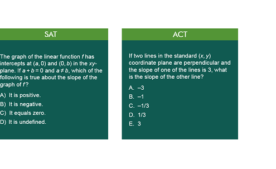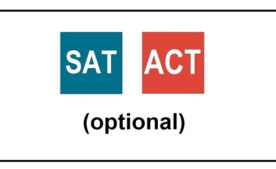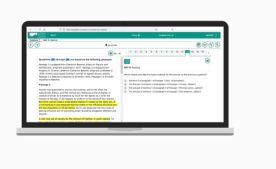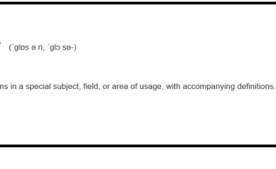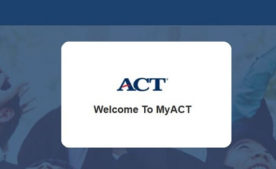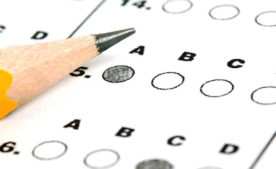The ACT recently released the results of a 2019 study on the use of multiple scores, or superscores, in college admissions decisions. This is the second of two validity and fairness studies conducted by ACT. Their conclusion: Superscoring the ACT is the most accurate method in predicting a student’s first-year college GPA.
A Refresher on Superscoring
As a growing number of students take the ACT and SAT multiple times during their high school years, colleges have struggled to come up with a standardized way of handling the influx of score results. An increasingly popular approach among admissions committees is the use of superscoring.
For example, in the case of the ACT, most schools that superscore will record a student’s best individual test scores (i.e. English Test, Math Test, Reading Test, and Science Test) across all ACTs the student has taken. The college will average those four highest individual test scores (rounded to the nearest whole number) to compute a composite superscore to be used in their decision process.
Why did ACT conduct these studies?
While the majority of college admissions committees currently superscore both the SAT and ACT, roughly 20-25% fewer schools superscore the ACT than superscore the SAT. The exact reasoning for this discrepancy is unclear, but it may be tied to the ACT’s own recommendations on the policy. The organization has historically discouraged the use of superscoring its test, citing “concerns that superscoring may overstate some students’ abilities.”
Furthermore, students who re-test tend to be more affluent, and ACT was uneasy about adopting superscoring as a standard practice that could potentially have implications on the socioeconomic makeup of an incoming freshman class. Up until the recent studies, however, the ACT had limited evidence to substantiate any of these claims. In fact, much of the research on different methods of interpreting multiple scores was conducted in the 1980s and focused almost exclusively on the SAT test.
ACT has also expressed concern with the inconsistent treatment of multiple scores across college admissions committees. The most common alternatives to superscoring include considering the student’s most recent ACT score, the highest ACT score the student has received across a single test administration, or the average of all ACT scores the student has received. These divergent practices have brought up questions of equity and fairness when it comes to admissions methods.
Findings from ACT research studies on superscoring
In the initial study, published in 2018, ACT found that of four commonly used scoring methods (most recent score, highest score, average score, or superscore), superscoring was most correlated with accurately predicting first-year college grade point average. With this robust study concluding that superscoring was the most accurate method in predicting first year college GPA outcomes, superscoring seemed the obvious scoring recommendation for admissions committees. However, ACT remained concerned that superscoring may lead to adverse admissions outcomes for underserved communities.
A prior ACT study found that re-testing is more common among affluent students. Since superscoring only benefits re-testers, a college’s superscoring policy could lead to a decrease in acceptance rates for students from lower socioeconomic classes or from historically underrepresented ethnic groups.
In July 2019, the ACT released the results of a second study that looked at differences in ACT scores for 2,000,000 students of different gender, household income, race, ethnicity, and parental education subgroups. The differences in most recent ACT scores between subgroups was compared to the difference in superscores between subgroups. Researchers found that while subgroup differences between methods of scoring do exist and superscoring does exacerbate some of these differences, it only does so marginally.
On average, the difference in average superscores for various racial and socioeconomic subgroups was 0.17 ACT points wider than it was when comparing most recent ACT scores. This small difference would likely have minimal impact on the diversity of most incoming college freshman classes. While 0.17 points is not a very large difference, it does suggest that re-test rates may vary among different communities. The ACT hopes to enhance re-testing and score outcomes in underserved communities through its use of fee waivers for students who demonstrate financial need.
As a result, the ACT has officially come out in support of superscoring as the best method for predicting college success rates. With increased efforts to encourage all students to re-test, superscoring seems the obvious gold standard for college admissions committees. Perhaps with the ACT’s new endorsement, the number of schools superscoring the ACT will soon catch up to those superscoring the rival test, the SAT.
Sources:
2018 Study: https://onlinelibrary.wiley.com/doi/full/10.1111/emip.12199
2019 Brief: https://www.act.org/content/dam/act/unsecured/documents/R1781-superscoring-impact-2019-07.pdf







